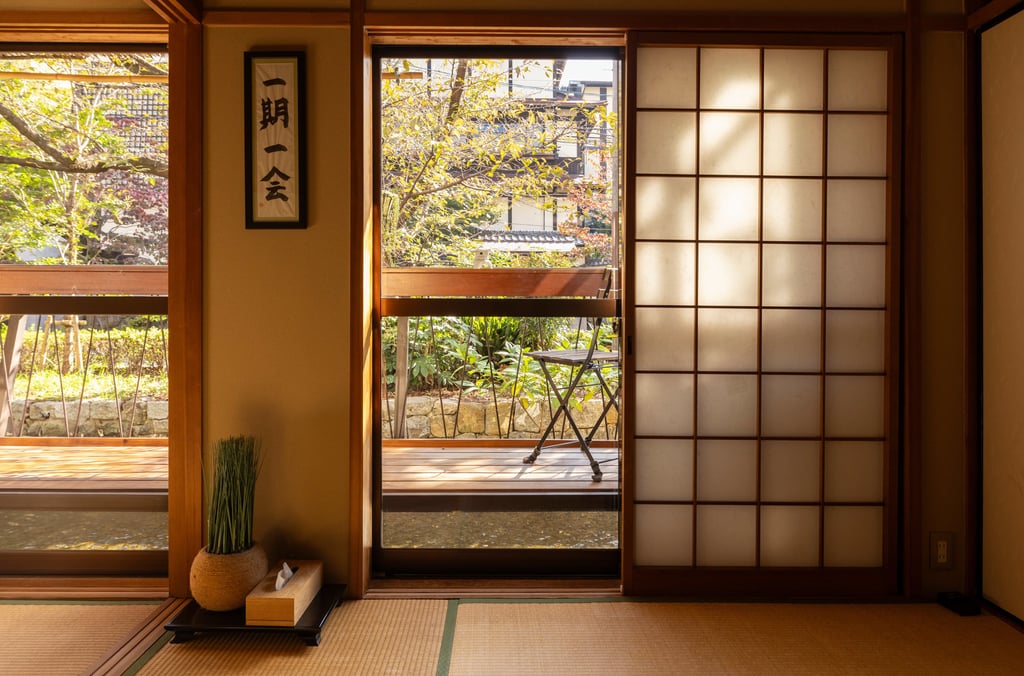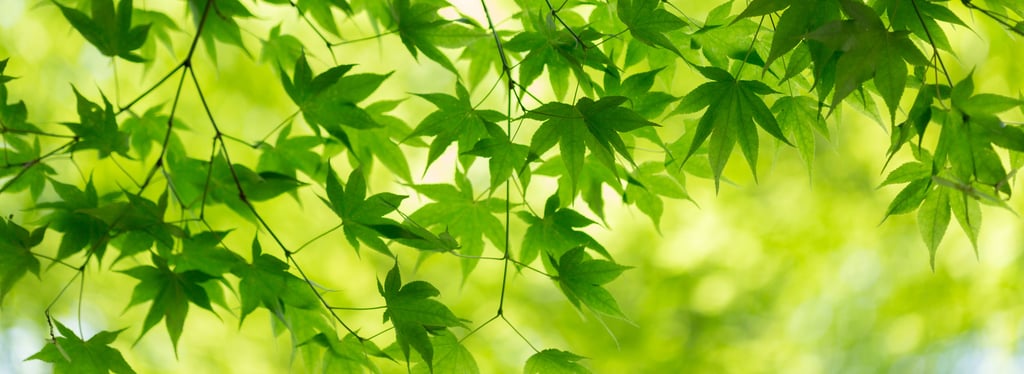Kōkei?
A celebration of light
7/13/2025
The name kōkei (光慶) isn't just a name. It carries layers, like glaze. It’s a nod to the many facets that make up who I am, where I’ve been, and what I hope my ceramics can bring into the world.
Kō means “light” or “radiance,” and kei means “celebrate.” Put together, the name evokes a philosophy I try to embody in every piece I make: that light, literal or emotional, is something to be noticed, cherished, and celebrated. The way the leaves gently sway in the wind, filtering the sunlight into myriad greens. The way a vase inhabits a room, casting shadows and reflecting light off its glazed surface. These moments invite stillness, and the experiences become part of a rhythm, a mood, a ritual. That contentment, however fleeting, is what I hope to create through kōkei.




It wasn’t until my late twenties when I first set foot in Japan, but when I finally did, it felt like visiting a place I’d already carried inside me for years. What was once peripheral — impressions absorbed from media, my parents’ stories, and the occasional natto with rice — suddenly came into focus. I went back again. And again. Ten more times before the pandemic would hit pause everything. By the time I began working with clay, the textures and forms of Japanese ceramics were already quietly living in my mind, like old friends I hadn’t formally met yet.
So when it came time to name this journey, kōkei felt right. It reflects a fusion of personal history and artistic sensibility. Vietnamese roots, Japanese influence, and American upbringing. All held together in clay. I hope you, too, can find something that brings a little bit of radiance into your life and gives you something worth celebrating.


The name also holds something more personal. Kōkei is my Vietnamese name, translated through Japanese onyomi pronunciation. As a Vietnamese American, I’ve always existed in the in-between culturally. And Japan, in particular, left a lasting impression on my upbringing in ways that I didn’t fully appreciate until much later.
My parents, both Vietnamese, attended university in Japan as a way to step away from the turmoil back at home. When they moved to the US afterward, they brought a piece of Japan with them, in their values, aesthetics, and habits, shaped by that chapter of their lives. And so, even though I was raised in the US, I grew up with Japanese cultural influences quietly woven into the background of our household.
It was also, coincidentally, the beginning of a golden age of Japanese pop culture in America. I had access to anime on TV, Japanese video games, and a little shop across the street from school that sold Japanese music CDs. I’d browse through jewel cases I couldn’t read, listen to the words I couldn't understand, and feel a strange sense of connection.
The name kōkei (光慶) isn't just a name. It carries layers, like glaze. It’s a nod to the many facets that make up who I am, where I’ve been, and what I hope my ceramics can bring into the world.
Kō means “light” or “radiance,” and kei means “celebrate.” Put together, the name evokes a philosophy I try to embody in every piece I make: that light, literal or emotional, is something to be noticed, cherished, and celebrated. The way the leaves gently sway in the wind, filtering the sunlight into myriad greens. The way a vase inhabits a room, casting shadows and reflecting light off its glazed surface. These moments invite stillness, and the experiences become part of a rhythm, a mood, a ritual. That contentment, however fleeting, is what I hope to create through kōkei.




It wasn’t until my late twenties when I first set foot in Japan, but when I finally did, it felt like visiting a place I’d already carried inside me for years. What was once peripheral — impressions absorbed from media, my parents’ stories, and the occasional natto with rice — suddenly came into focus. I went back again. And again. Ten more times before the pandemic would hit pause everything. By the time I began working with clay, the textures and forms of Japanese ceramics were already quietly living in my mind, like old friends I hadn’t formally met yet.
So when it came time to name this journey, kōkei felt right. It reflects a fusion of personal history and artistic sensibility. Vietnamese roots, Japanese influence, and American upbringing. All held together in clay. I hope you, too, can find something that brings a little bit of radiance into your life and gives you something worth celebrating.


The name also holds something more personal. Kōkei is my Vietnamese name, translated through Japanese onyomi pronunciation. As a Vietnamese American, I’ve always existed in the in-between culturally. And Japan, in particular, left a lasting impression on my upbringing in ways that I didn’t fully appreciate until much later.
My parents, both Vietnamese, attended university in Japan as a way to step away from the turmoil back at home. When they moved to the US afterward, they brought a piece of Japan with them, in their values, aesthetics, and habits, shaped by that chapter of their lives. And so, even though I was raised in the US, I grew up with Japanese cultural influences quietly woven into the background of our household.
It was also, coincidentally, the beginning of a golden age of Japanese pop culture in America. I had access to anime on TV, Japanese video games, and a little shop across the street from school that sold Japanese music CDs. I’d browse through jewel cases I couldn’t read, listen to the words I couldn't understand, and feel a strange sense of connection.
Thanks for visiting
Let me know if you have any questions
Contact
Updates
kokeiceramics@duck.com
© 2025. All rights reserved.
